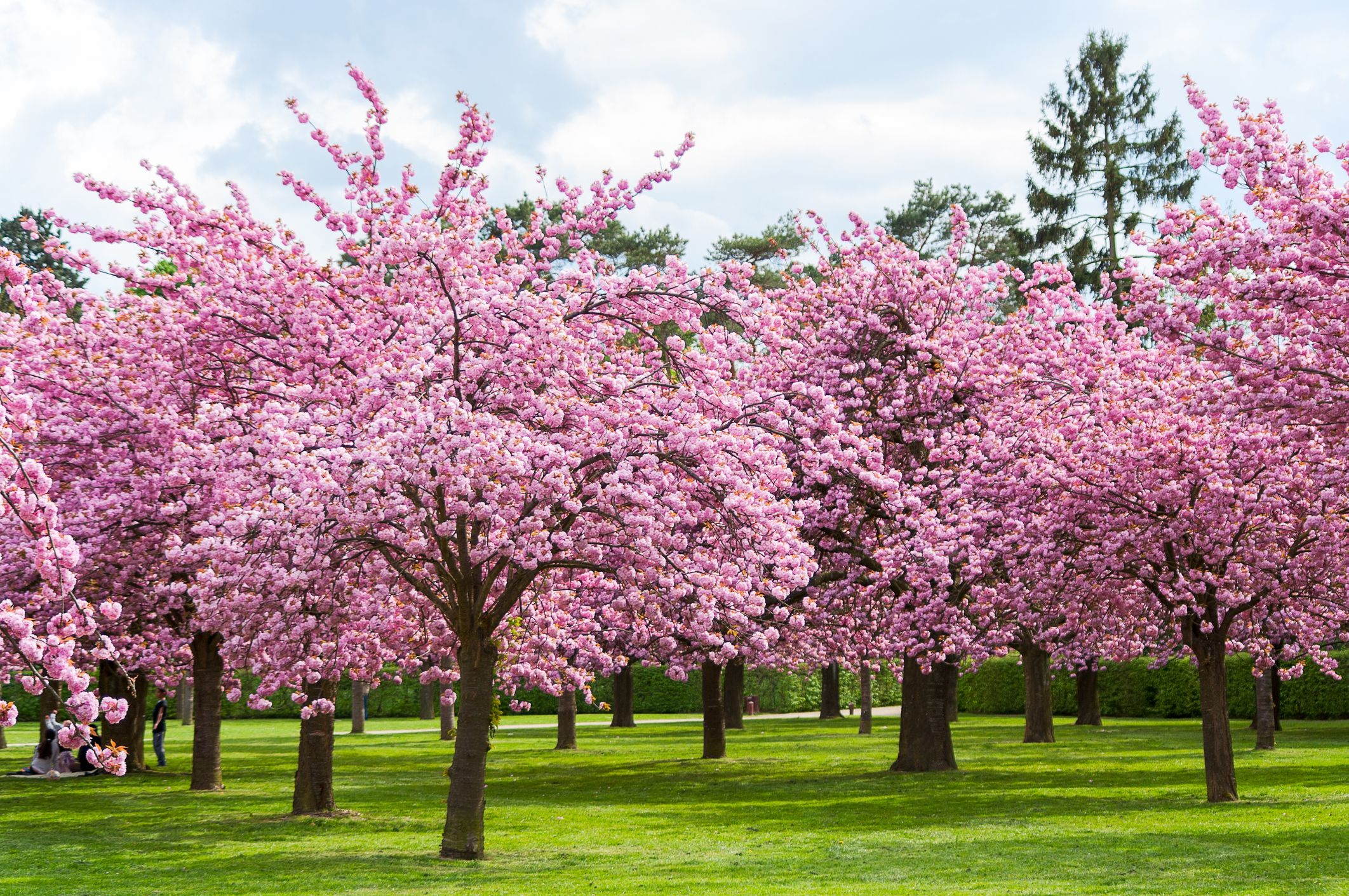7 Reasons Why Cherry Trees Are Dying in Victoria, BC
.
The decline of flowering cherry trees in Victoria, British Columbia, can be attributed to a combination of factors that include diseases, pests, environmental stressors, and climate change impacts.
Diseases: Cherry trees are susceptible to several diseases that can lead to decline and death. One common issue is brown rot, a fungal disease that affects blossoms and fruit, causing them to wither and die. Another is bacterial canker, which causes sunken, dead areas on the bark and can lead to branch dieback. These diseases are often exacerbated by wet conditions and can spread rapidly among closely planted trees.
Pests: Insect infestations can significantly harm cherry trees. Pests such as aphids, scale insects, and borers feed on the sap, leaves, or wood, weakening the trees and making them more susceptible to diseases. The peach tree borer, for example, tunnels into the trunk and branches, disrupting the flow of nutrients.
Environmental Stressors: Urban environments can impose stress on trees through soil compaction, limited root space, and exposure to pollutants. Drought conditions or insufficient watering can weaken trees, while excessive moisture can promote root rot. Additionally, temperature extremes—such as unexpected frosts or heatwaves—can damage the delicate tissues of cherry trees.
Climate Change: Shifts in climate patterns may contribute to the decline of cherry trees. Warmer winters and unpredictable weather can disrupt the trees' dormancy cycles, making them more vulnerable to late frosts and diseases. Changes in precipitation patterns can also stress the trees, either through drought or excessive moisture.
Age of Trees: Many of the cherry trees in Victoria were planted decades ago and may be reaching the end of their natural lifespan. As trees age, they become more susceptible to diseases and environmental stress.
Management Practices: Improper pruning, planting, and maintenance can also affect tree health. For example, pruning during the wrong season can expose trees to diseases, and planting in unsuitable locations can hinder growth.
Mitigation Efforts: To address these issues, it's important to:
- Implement Proper Care: Regular pruning, adequate watering, and soil management can improve tree health.
- Monitor for Pests and Diseases: Early detection and treatment of infestations and infections can prevent spread.
- Diversify Plantings: Introducing a variety of tree species can reduce the impact of species-specific diseases and pests.
- Community Involvement: Engaging local communities in tree care and monitoring can enhance the effectiveness of conservation efforts.
Understanding and addressing these factors can help in preserving the iconic flowering cherry trees that contribute to Victoria's natural beauty.

